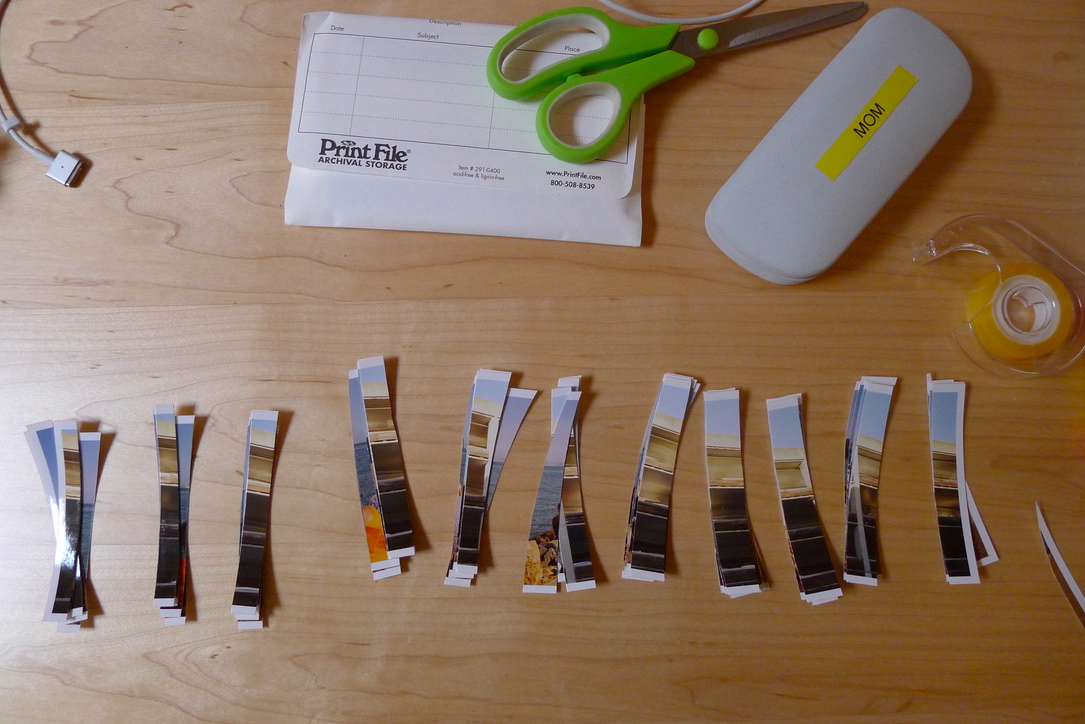

Note from Stephanie:
I have always been fascinated by spaces and the way they are arranged. As a child, I would rearrange my friends' rooms so that we could play in a certain way. I continued to do this as an adult, and although my friend always appreciated the results they didn’t love that I didn’t always get their permission first. Eventually, I got permission and I got paid to do this kind of work for a wide variety of clients as a side job.
Despite my proclivity for arranging spaces, when we first began sheltering in place I did not think much about my own space; I was simply inside my home. Now that I have been here for a while, though, my home has become my universe in a very odd way. Many of my needs that got met outside my home now need to be met here, inside my home.
So, after nearly two months of sheltering in place, I’ve finally begun making small and large changes to my living space. I rearranged the furniture in my workspace and decided to focus on keeping the kitchen table clear while letting our junk shelf pile up. I’ve learned it’s important to let some things go.
The ability to make changes to the space you live in is very much a function of privilege. But sometimes the smallest changes can make a difference in how we experience the space we’re in. So, this week we’re offering a few resources that we hope help you experience a sense of spaciousness and ease wherever you are.
~ Stephanie
The Basics
Even before we were all sheltering at home, artists were finding ways to make space for creativity and work at home. For those of us that are new to this, though, we think this article on working from home, is one of the more compelling primers we’ve seen on the subject. We also like this article about the best practices for working from home according to neuroscientists.

Photo by Stephanie Diamond
Setting Up Your Physical Space
All the guides for working from home stress the importance of having a designated physical space where you work. For some of us, this might just be a corner of the bed or the kitchen table. Whatever your preferences, we like this guide from The New York Times that focuses on how to make use of what you already have when setting up your work from home spot. For those of us looking to optimize our space for our creative work, Stephanie wrote a guide to making your home and workspace fuel your creativity. In particular, she recommends making space to “space out.” This can be a special chair or a candle surrounded by sacred objects, whatever helps you clear your mind. If you can’t make any changes or additions to your physical space, consider using a schedule (either on your own or jointly with whoever you are sharing space with) to create some boundaries in your day and in your space.
Photo by Stephanie Diamond
Making Energetic Space for Work
If you’ve worked from home before or you are a working artist you know the importance of tending to the energy of the space you are working in. Alex Stark has a very thorough guide to clearing a space energetically. In particular, he has one of the best descriptions we’ve seen of basic altar construction. An altar can be a powerful sacred space unto itself, somewhere you can go to that is beyond the physical space you’re in. We also like Karen Kingston’s guide to energy clearing. And, Lynsey Ayala has a few ideas for creating energetic boundaries while working from home.
Making Mental Space for Work
Many people struggle to stop thinking about work even after they’ve left the office, with the office at home, this can be even more of a problem. Guy Winch, a psychologist, has a helpful Ted Talk about how to prevent thoughts of work from disturbing your peace of mind during free time. Navigating relationships with coworkers can become stressful in new ways when working from home, too. Scott Dawson, who runs the blog The Art of Working Remotely has some very straightforward advice: Be open and be vulnerable. Easier said than done, for sure, but it speaks to the need to be creative as we tend to our professional relationships from home.
Photo by Stephanie Diamond
Emma McAleavy was Listings Project's Content Editor. During her tenure at Listings Project she brought the stories of our community to life on our blog and in our monthly newsletter. Emma’s writing has also appeared in The New York Times, Outside Magazine, and Architectural Digest.